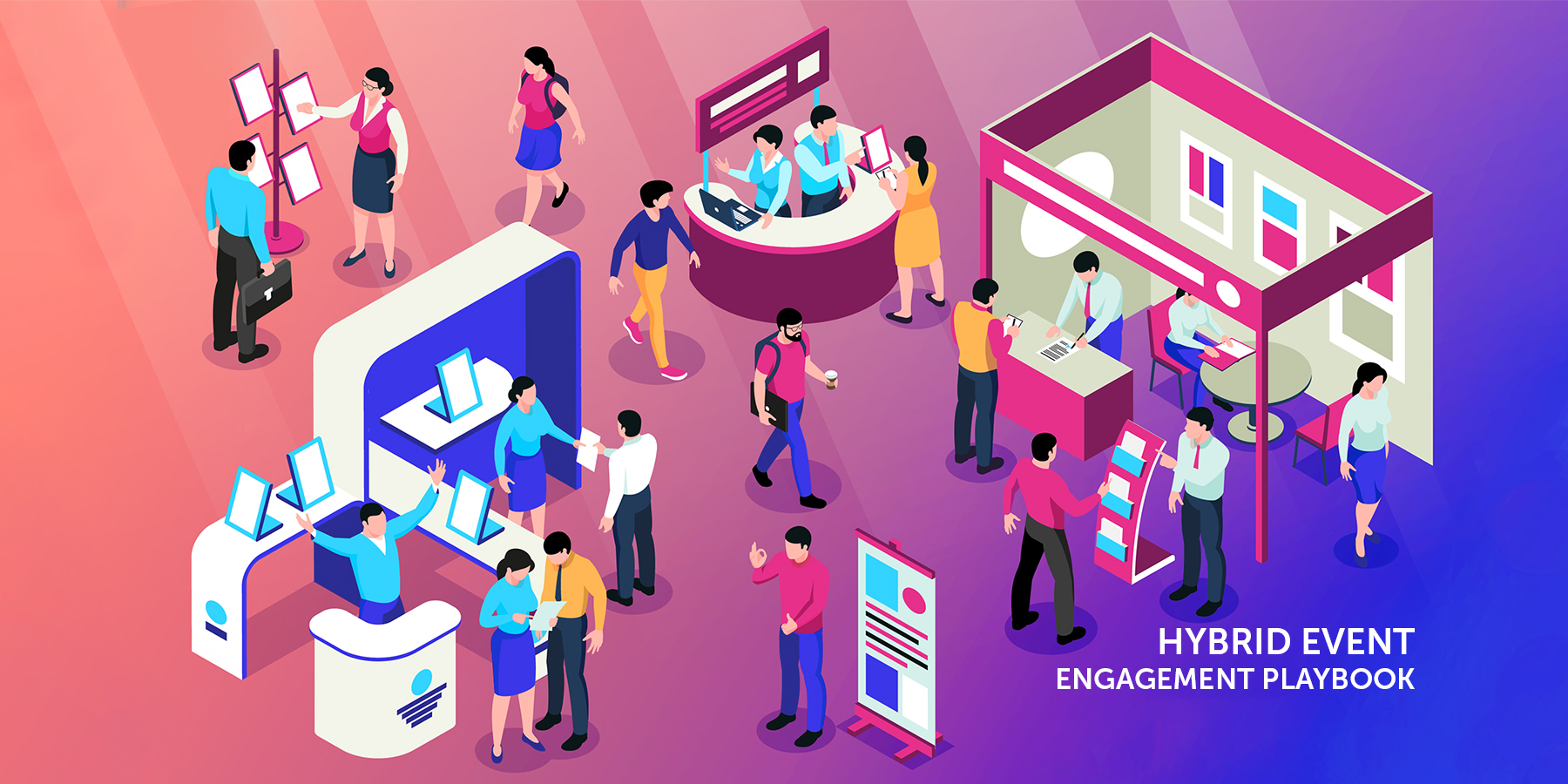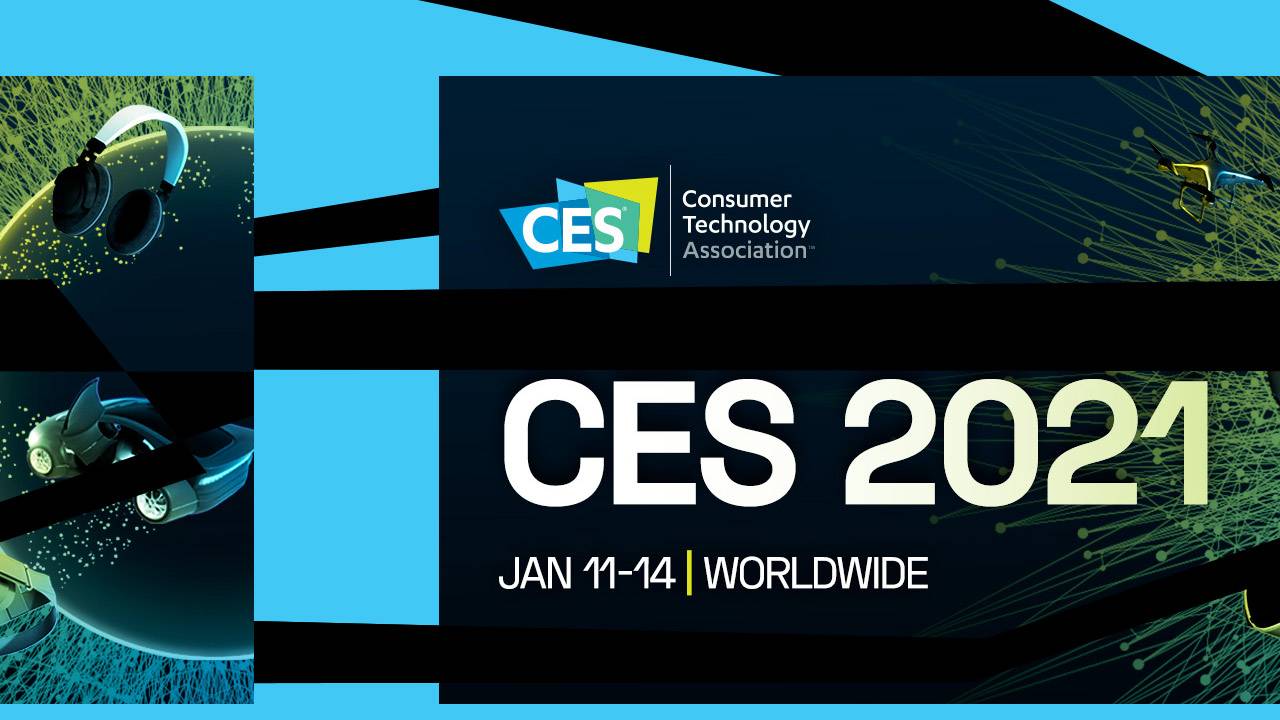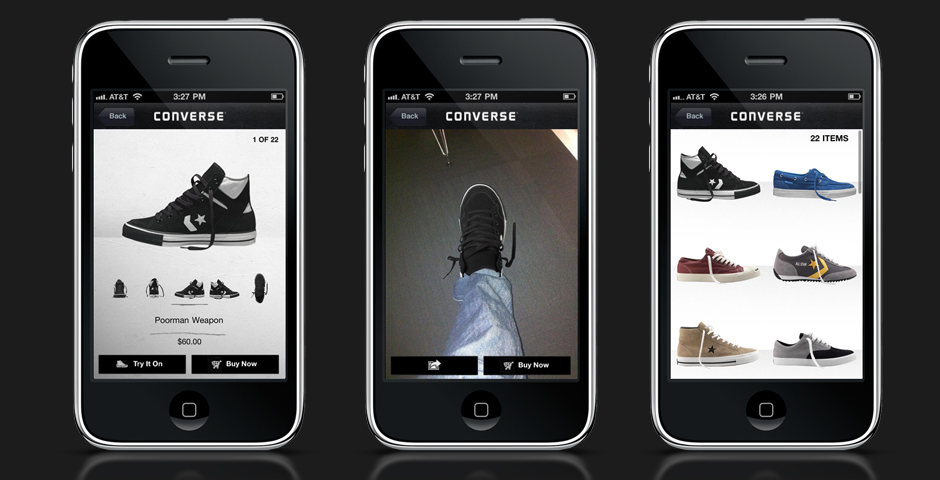Hybrid events are set to dominate the future of the event industry. While 2020 undoubtedly belonged to virtual events, 62% of event planners agree that the hybrid model will lead the way for B2B gatherings as soon as the threat of COVID-19 subsides.
It's inevitable. It would be impractical for life to go back to how it used to be before the global health crisis, social distancing and lockdowns. We will continue to see more and more organizations leveraging the effects of recent digital transformation to double down on growing their revenue - hence hybrid events. The beautiful thing about hosting what's essentially two events is that the benefits also multiply - with nothing holding people back from attending (e.i. geographical restrictions), the opportunity to attract twice as many attendees is very tempting for event planners, sponsors and exhibitors alike.
There is, however, a challenge to consider when planning a hybrid event - the engagement. With two audiences (in-person and virtual) come two sets of expectations and needs to be met. Planning a successful hybrid event requires more than simply adding digital components to a face-to-face function, and today, we're sharing a few ideas to help you increase engagement during your hybrid event.
Plan for two audiences
It sounds kind of obvious, but it needs to be said: you need to create a separate engagement strategy for your live and virtual audiences. What usually happens is that companies host a hybrid event where they simply stream keynotes and other types of content, planning interactions around the live audience only - that's not what hybrid events are about.
For attendees to find this experience satisfactory, regardless whether they're joining you in-person or online, it has to provide value - networking opportunities, a chance to catch up with industry news and interact with the content and other participants. As you can see for yourself, simply broadcasting a live video allows none of those things. It's worth noting that it's the attendee experience that will determine the success of your event and sure enough, most event planners make it their priority:
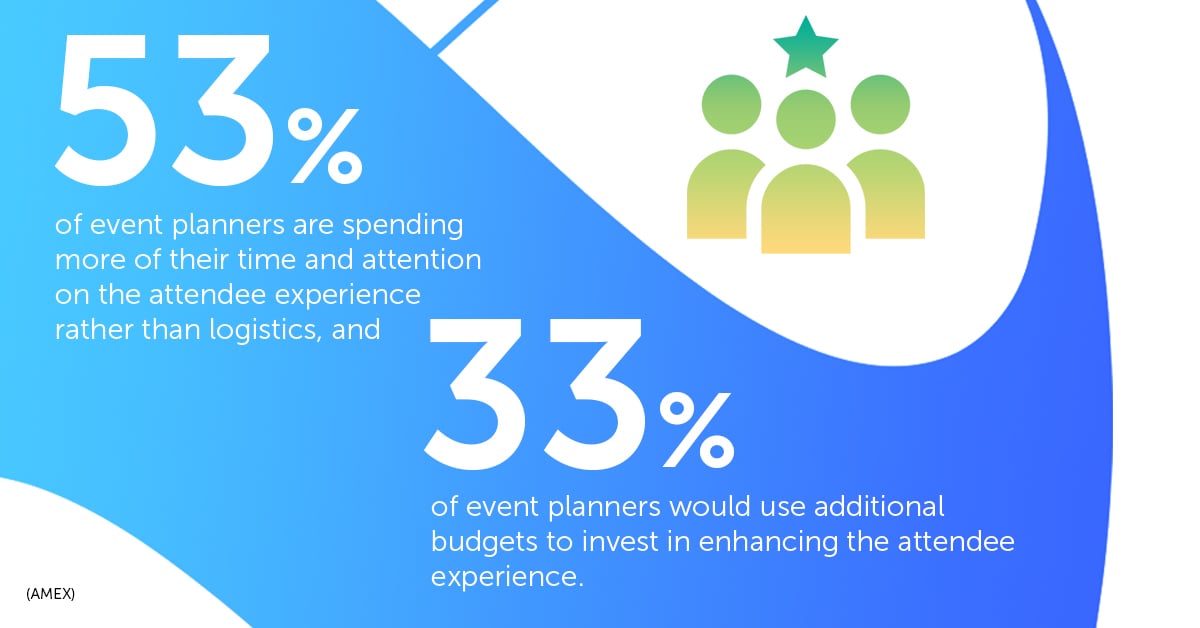
In other words, create unique experiences for each group of attendees. Why unique? Because we don't believe live activities can be recreated in the digital environment and vice versa. For example, live Q&As with keynote speakers or workshop sessions should be designed to foster interactions from both audiences individually.
But blur the lines between the live & virtual
We're fully aware of the fact we just suggested creating unique experiences for each audience group. However, nothing is stopping your organization from allowing the two to meet and interact together. In fact, we would strongly recommend you do! One of the main reasons people attend events is to network, and since it's possible to network successfully in a virtual setting, segmenting the two audiences completely would limit your chances of success.
For that to happen, however, you need the best virtual event platform there is. You need a robust solution that allows seamless meeting booking system, integrated video conferencing tools and a live chat. Networking is at the very core of any event, and so you can't afford not to include it in your engagement strategy.
Educate your speakers
It might not seem like a deal-breaker, but it's absolutely crucial all your speakers acknowledge both audiences and look directly into the camera lens while speaking. It's all too easy to forget about virtual attendees in the heat of the moment, but that's not the kind of experience you want them to go through - feeling isolated, especially in the era of social distancing.
But there's more you can do. While speakers tend to take questions from the audience during live events, a similar experience could be replicated where comments appear on the stage screen for everyone else to see (and interact with). All this contributes to the sense of community you want to create so the more ways of involving the virtual audience you can think of, the more successful your hybrid event will be.
Facilitate "human moments" online
Let's be honest, not even the most engaging video experience can create that emotional connection we feel when interacting with others face-to-face. This, combined with the fact we've been locked up within four walls for the past year (and could be for another couple!) has left us craving for an authentic human connection - and your organization can tap into that craving to boost the hybrid event engagement.
Start by empowering attendees to meet before the event - whether on a Zoom call or social media. During the event, introduce 'icebreaker' sessions where attendees can get to know each other better and exchange information that isn't necessarily relevant to the event. And finally, give participants a chance to continue the conversation after the event is over.
Gamify the experience
Gamification has been growing in popularity for a quite a while now, although predominantly in marketing and education to boost the user engagement with various rewards and incentives. The principle behind gamification takes our favourite elements of video games (badges, points, levels etc.) to encourage active participation through introducing a challenge into the experience.
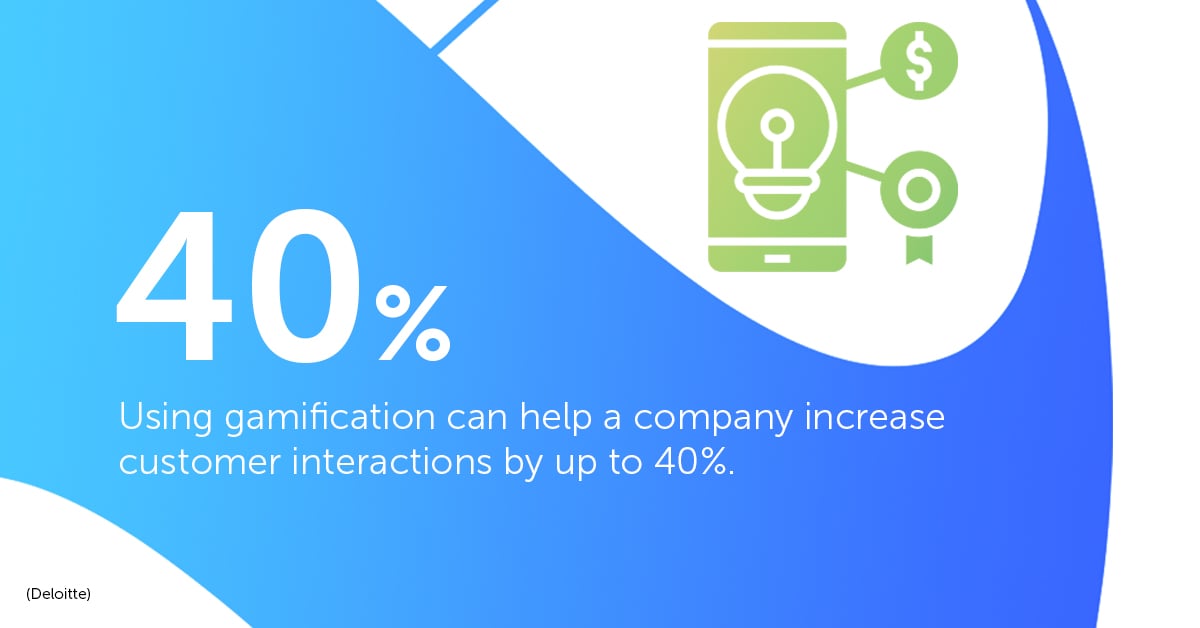
Applying gamification to your hybrid event could mean something as simple as setting a target for the number of networking contacts per day or share specific answers during a keynote session on social media. Successful gamification requires a certain level of creativity, but when done right, it can completely transform the hybrid experience for the participants.
Don't forget the breaks!
Attention spans differ from person to person, but no one is capable of spending a few hours in from of a computer screen without a break. As you know, this is absolutely normal during live events. Therefore, when designing the hybrid event program, plan for structured breaks too to give the online attendees some room to breathe.
Final thoughts
If you fail to bring both audiences together during your hybrid event, it wasn't a real hybrid event. The whole concept behind hybrid functions is to combine the live and virtual experiences to bring out the best out of the two; failure to achieve this balance will result in just one audience group satisfied and other not wanting to have anything to do with your company ever again.
To host a successful hybrid event, you need a powerful virtual event platform and a bullet-proof strategy for engagement, providing opportunities for an authentic human connection and interactions. Luckily, it's all possible.
Looking to host a hybrid or virtual event in 2021? Don't hesitate - reach out to learn more. Schedule a free demo and we'll help you find the right virtual event software for your event needs! 


